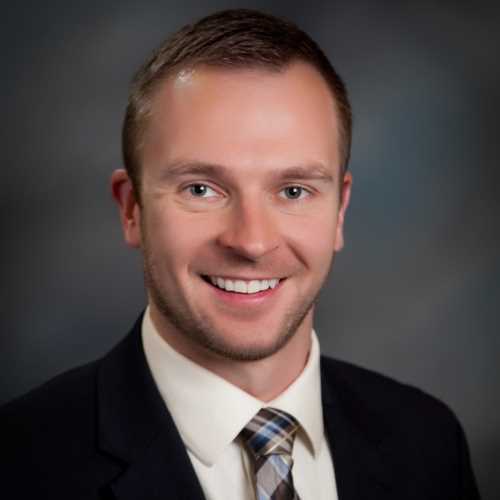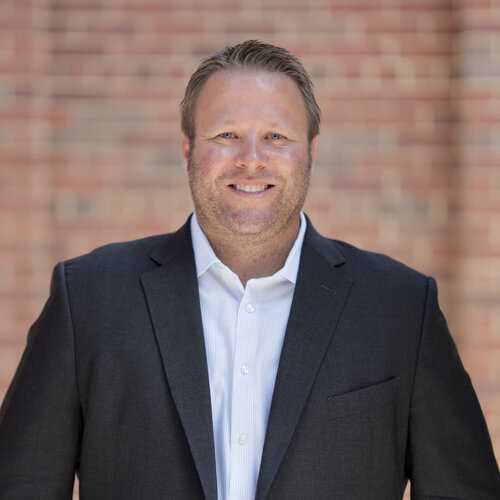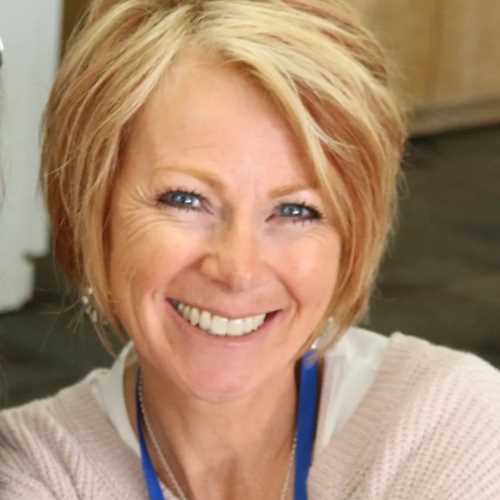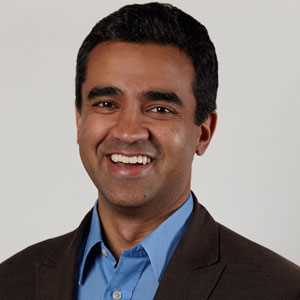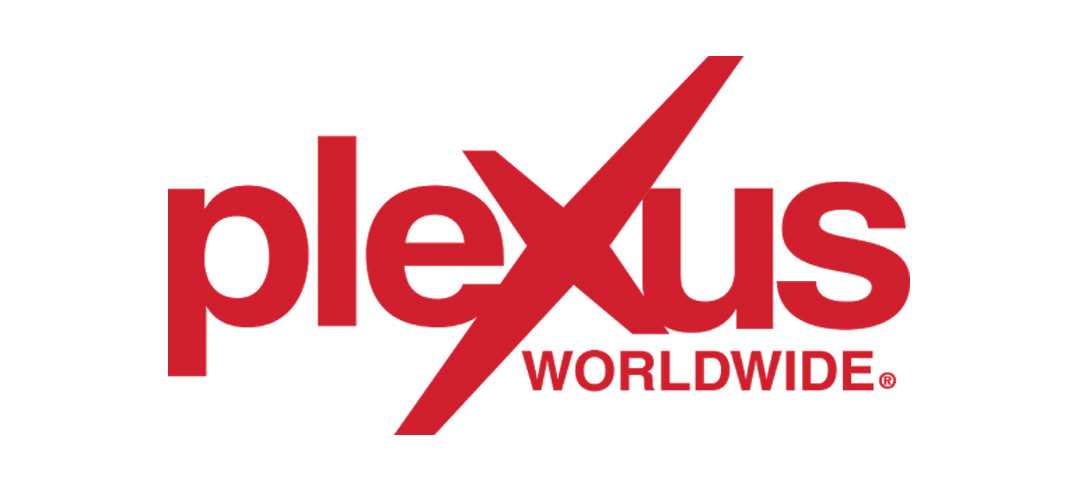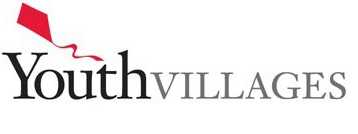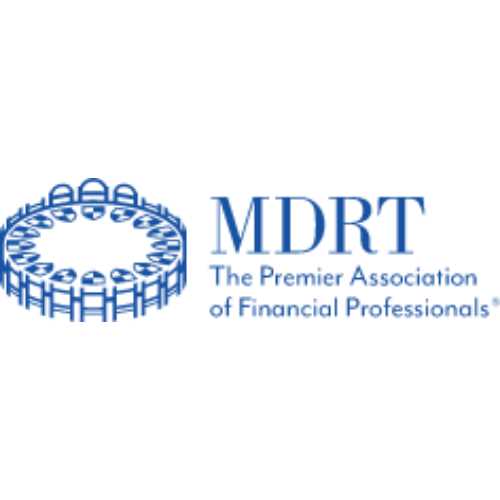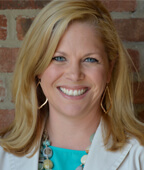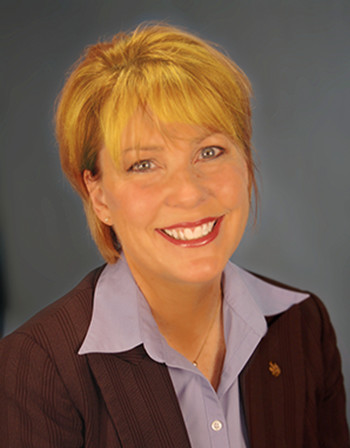
Karen Cook Speaker Biography
A strong advocate of patient-centered care and cultures of safety, Karen Cook is a national speaker known for her passionate, enthusiastic style and her ability to “get to the heart of the matter.” Demonstrating her passion for quality patient care, she served as the primary author of the Studer Group HCAHPS toolkit. She has helped hospitals implement the HCAHPS survey since 2005, including participating in early focus groups with the Agency for Healthcare Research and Quality. This work became a springboard for the popular and practical guide The HCAHPS Handbook, published in 2010 by Fire Starter Publishing.
PROFESSIONAL EXPERIENCE
With more than 30 years of experience in the healthcare industry, Karen has been involved in coaching some of the largest healthcare systems in this country. Karen’s nursing and administrative background provide the expertise necessary to help organizations favorably impact safe and quality patient care, employee loyalty, efficiency, professionalism, and profitability. Most important to her is building cultures of ownership. She believes that if we can create the kind of environment that employees enjoy and that allows them to thrive and grow, they in turn will create cultures of exceptional quality for those who come to us in their most vulnerable times of need.
FULLY CUSTOMIZABLE PRESENTATIONS ON EVIDENCE-BASED LEADERSHIPSM
Audience: All Healthcare Leaders
Focus: Customizable
Having been with Studer Group for more than 15 years, Karen Cook is well versed in all Evidence-Based Leadership? tactics and strategies. As an RN for 36 years, she is passionate about working with nurses and those who support nursing, such as the often undervalued departments like Environmental Services and Food and Nutrition Services. While she is perhaps best known for her work in those areas, partners confirm that Karen can speak to any need within your organization.
Learning Objectives:
• Learn strategies and tactics customized for your specific needs
DEVELOPING LEADERS THROUGH FEEDBACK AND COACHING OR VALIDATING KNOWLEDGE THROUGH SKILLS LABS
Audience: All Leaders
Focus: Quality and Safety, Patient Experience, Engagement, Communication
Skills labs create a safe learning environment without the distraction of routine work pressures and interruptions. With leaders fully engaged in the process, we can get more training and/or validation completed efficiently and effectively, while giving direct, meaningful feedback. With this session, Karen will discuss the difference between training and validation skills labs and how/when to use them. She will also demonstrate tools/techniques for conducting skills labs as well as how to give effective coaching feedback.
Learning Objectives:
- Learn what skills labs are and when/how to use them
- Discuss effective ways to give feedback and validate behavior
- Formulate your own skills labs
NURSE COMMUNICATION: HOW TO CREATE POWERFUL AND EFFECTIVE PATIENTCENTERED CARE
Audience: Nurses, Nurse Leaders
Focus: Quality and Safety, Patient Experience, Engagement, Communication
Nurse communication affects most of the HCAHPS composites. Karen provides tips on how to improve these results through listening, explaining, and using nine factors of engagement. She will focus on key words and discuss the effective use of communication boards, rounding, and validation. This presentation will assist you with tools and tactics to improve communication, as well as address some communication challenges that all nurses face.
Learning Objectives:
- Learn and be able to execute tactics to improve nurse communication that will help increase HCAHPS results
- Examine nine factors of engagement and how they can improve all interactions
- Address how to work through some common communication challenges
HCAHPS CARE TRANSITION MEASURES: IMPACT AND IMPLICATIONS
Audience: Nurses, Nurse Leaders
Focus: Quality and Safety, Patient Experience, Engagement, Communication
Beginning in January 2013, new care transition questions were added to the HCAHPS survey. The results hospitals achieve on these questions affect the calculations for value-based purchasing reimbursement. Additionally, these questions provide more visibility into the discharge process and could highlight problems that lead to avoidable readmissions. In this session, Karen will provide tools and tactics to help address these new areas and improve results.
Learning Objectives:
- Examine the new care transition survey items—what are they and how are they scored
- Learn and apply tactics to improve communication and assist with discharge process
- Learn and apply tips on engaging patients, improving safety, and ultimately improving HCAHPS results
HOURLY ROUNDING®: A PATIENT CARE MODEL
Audience: Nurses, Nurse Leaders
Focus: Quality and Safety, Patient Experience, Engagement, Communication
Hourly Rounding® is a powerful tool when used effectively. It can help clinical staff implement a highly reliable process of delivering patient-centered care and give clinicians more control of their work flow. Karen will provide tools and tactics to assist nurses in correctly implementing and maintaining the Hourly Rounding process without adding additional tasks but simply restructuring what they’re already doing. Karen will explain the eight behaviors of Hourly Rounding® and talk about how education and validation are instrumental in executing and preserving this improved way of delivering care.
Learning Objectives:
- Evaluate the why of Hourly Rounding®
- Discuss the eight behaviors of Hourly Rounding®
- Address the nuances of Hourly Rounding® in specialty units
- Avoid some common potholes and get staff buy-in from the start
HOURLY ROUNDING: WHAT WOULD FLORENCE SAY?
Audience: Nurses, Nurse Leaders
Focus: Quality and Safety, Patient Experience, Engagement, Communication
Throughout the night, she would move through the dark hallways carrying a lamp while making her rounds, checking on each patient and providing care if needed. The soldiers were comforted by her compassion, earning her the nickname, “The Lady with the Lamp.” Her care would forever change the way hospitals treated patients. Using quotes from Florence Nightingale, Karen will delve into the eight action steps of Hourly Rounding®. She will also reveal questions leaders can ask to overcome barriers to hardwired Hourly Rounding®, best practices that are proven to impact reportable quality metrics and HCAHPS results, and an overview of practical tips on building a sustainable culture of quality-driven excellence that embraces accountability and aligned communication with a strong focus on the why behind this tactic. This session is not a tutorial on implementing Hourly Rounding®. Rather, it focuses on overcoming barriers to achieving benchmark results and challenges organizations face after they have rolled out the process.
Learning Objectives:
- Articulate the difference between Hourly Rounding® and purposeful Hourly Rounding®
- Describe the behaviors needed to accomplish effective Hourly Rounding®
- List action steps to overcome the common barriers to successful Hourly Rounding®
HCAHPS: CREATING A CULTURE OF ALWAYS AND IMPACTING THE PATIENT PERCEPTION OF QUALITY CARE
Audience: Nurses, Nurse Leaders
Focus: Quality and Safety, Patient Experience, Engagement, Communication
Are hospitals truly delivering on their mission to always provide exceptional quality care? Do they always have a culture of safe, patient- and family-centered care? Would every patient say their experience is one they would definitely be willing to recommend to their family and friends? Or is there a culture of usually? Ultimately, this session is about hardwiring the behaviors and processes that lead to a culture of higher clinical quality; safe and efficient care delivery; and operational excellence from the patient, employee and physician perspective. General content will include information on HCAHPS, valuebased purchasing and the financial impact on hospitals, tips to quickly implement tactics that are proven to impact reportable quality metrics and HCAHPS results, and an overview of practical tips on building a sustainable culture of quality-driven excellence that embraces accountability and aligned communication.
Learning Objectives:
- Describe the HCAHPS survey, including the impact it has had on healthcare
- Articulate the concepts of value-based purchasing, the readmission program and the impact of performance on future reimbursement
- Identify three barriers to achieving and sustaining benchmark results, changing culture and influencing key customers
- Learn the art of conducting a skills lab to reduce variance and hardwire behaviors
- Name at least two initiatives harvested from the National Learning Lab proven to impact each of the HCAHPS composites
EMPATHY, AUTHENTICITY AND ENSURING WE KEEP VALUE IN THE TASK
Audience: Nurses, Nurse Leaders
Focus: Quality and Safety, Patient Experience, Engagement, Communication
Patients want to feel listened to, treated with courtesy and respect and talked to in ways they can understand. Doesn’t everyone? Yet if we are not communicating well, how can we be delivering patient-centered care? Effective communication is linked to cultures of higher reliability, fewer adverse events and malpractice cases and increased patient compliance and perception of quality care. One of the most crucial, yet under-utilized, components of effective communication is empathy, defined by The Merriam-Webster Dictionary as “the action of understanding, being aware of, being sensitive to, and vicariously experiencing the feelings, thoughts, and experience of another.” This session will help participants understand what empathy looks like in action so they can practice it in their patient care.
Learning Objectives:
- Understand the difference between empathy, sympathy and other emotions
- Articulate the concepts of value-based purchasing, the readmission program and the impact of performance on future reimbursement
- Describe the benefits of communicating with empathy, including impacting HCAHPS results
- Define two skills needed to convey empathy
BUILDING A CULTURE OF ALWAYS THROUGH ADDRESSING DISRUPTIVE BEHAVIOR
Audience: Nurses, Nurse Leaders
Focus: Quality and Safety, Patient Experience, Engagement, Communication
The purpose of this activity is to provide nursing leaders with evidence-based information, tools and skill practice to hardwire a culture of safety and operational excellence. Collaboration among caregivers, mutual trust and respect are fundamental to safety and high-quality care. Yet disruptive behaviors that compromise quality of care and teamwork are extremely common in the healthcare environment. Such behaviors impact staff morale, financial performance and outcomes, but few leaders receive training in preventing, recognizing and addressing them. Conversely, these unprofessional behaviors are often tolerated and even normalized.
Learning Objectives:
- Share your stories of disruptive behaviors
- Identify three benefits of addressing disruptive behaviors
- Select and describe two effective ways to engage staff and physicians in reducing disruptive behaviors




